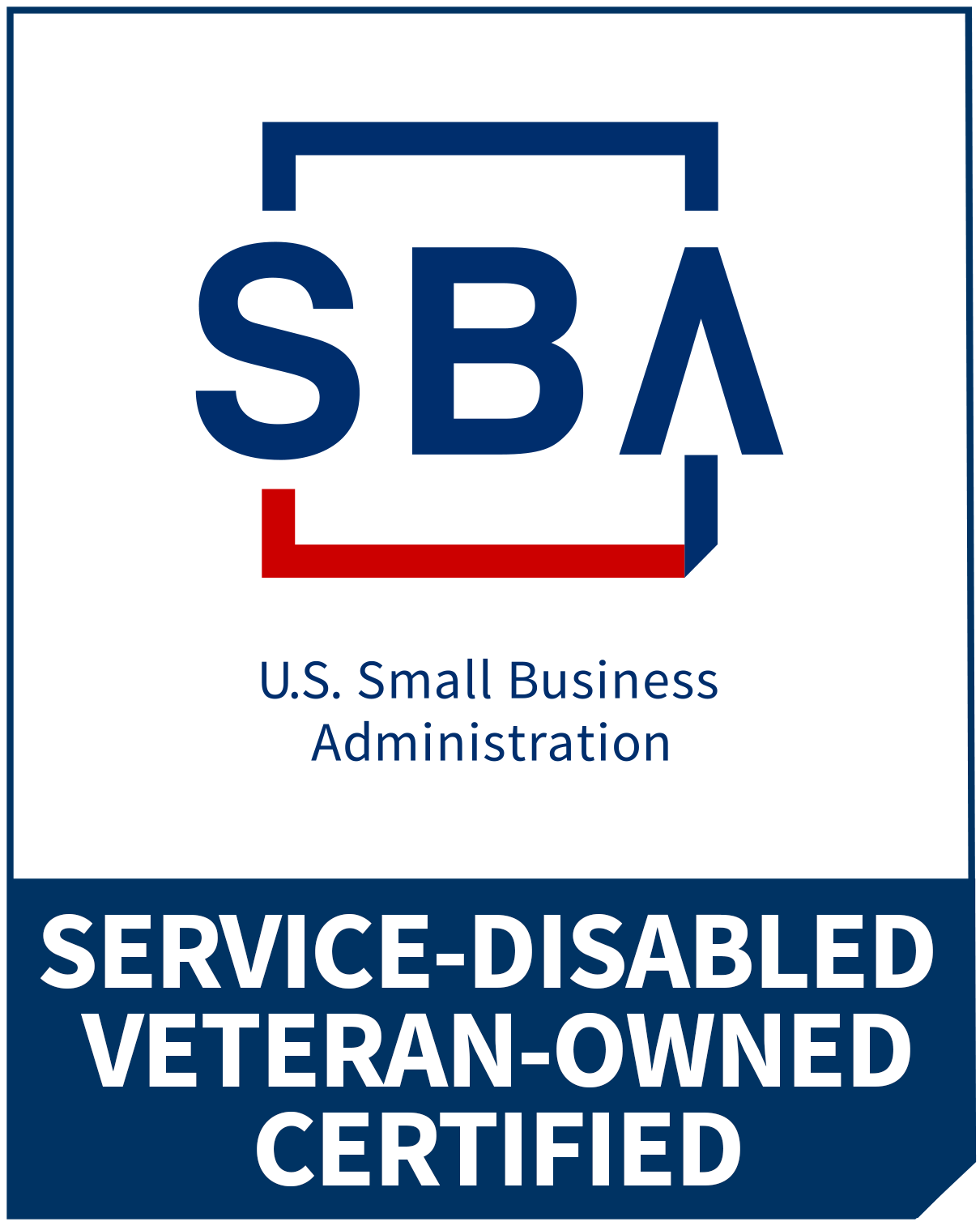What should you do when you’ve met your Brand Promise goal?
That’s a question that came up from a former client recently. We’d done some great work in the past and the CEO called just to check in and catch up. His was a pretty specific question, but the general applicability is something that I thought was valuable so I’ll share some broad-brush observations here.
The question centers mostly on prioritization. Some people want to set ‘the sky as the limit’ when it comes to delivering for their Customers, especially as pertains to their Brand Promise. And keep in mind, if you’re getting CX right, that Brand Alignment is at the heart of your efforts. But should you be shooting for 100 percent performance?
Probably not.
Here’s an example: Say your Brand Promise is related to on-time delivery. Maybe on-time delivery is your Brand Promise, or perhaps it’s an element of a broader Brand Promise, say reliability, or ease-of-use. Whatever the case, you’ve set for your team a goal of making on-time delivery a big part of your CX. We’ll presume you’ve gone through the preliminary steps of benchmarking (how are we performing when it comes to OTD?), setting a goal (we want to get to, say, 96% OTD), and even achieving it. I know, I hand-waved a bunch of stuff there, but this is where this client was in his own journey, so bear with me!
The point is, once you’ve hit that goal and differentiated yourself among your competitors by delivering on your Brand Promise, what next?
A lot of people would say, well, let’s shoot for 97% or 98% on-time delivery. The problem with that approach is that, if you choose that course of action, then 96% wasn’t really your goal all along. Unless, originally, you explicitly called 96% a ‘short-term/interim’ goal on the way to 97% or 98% (or 100%, if that was your goal…but it oughtn’t be for other reasons we won’t get into here). Sure, if you’d intended that 96% was simply a waypoint (maybe that was this year’s goal), then okay, press on to the next goal. But if you’d originally set your team’s aspirations on 96%, it’s kind of unfair once you get there to switch it up.
Now, if the market has shifted in the meantime and your competitors are also at 96% (or perhaps you chose that goal based on where they were—say you wanted to stay 2pps above them and they’ve also improved, so now you have to readjust your goal), it’s okay to revisit what success looks like. The exercise here isn’t to rigidly live in a freeze-frame of where you were when you chose your goals originally. But that has to be done deliberately, and ideally, you set that expectation as a possibility from the beginning, too: “When we get to 96%, we’ll reassess.”
Anyway, once you’re there, I recommend the next step should be: Concentrating on that remaining 4%.
Notice I didn’t say eliminate that 4%. As I just stated, that’d not be strategically aligned. A much better use of your resources and energy would be to develop tight, reliable, robust solutions for when (and I do mean when, after all, it’s 4% of the time!) you miss on that on-time delivery. I’ve written before about the importance of recovery when you miss on your Brand Promise. In fact, it’s a big part of my Five Principles of Good CX. Often, it’s not so much the missing your Brand Promise as much as an inability to recover from that miss that dings you in the eyes of your Customers.
So once you’ve achieved the goal you set for yourself, the next thing I’d recommend is to beef up (I presume a system already exists, but if not, get to that drawing board!) your recovery processes. And make that process or system also in line with your Brand Promise. In this example (where we’re talking about on-time delivery), make that support process quick, make sure the solution itself resonates along with the Brand Promise. Your support agents need to be on the ball, take immediate action, prioritize these issues, and have at their disposal every tool it takes to expedite a solution. And don’t forget to empower them to do so, too…time in escalation in such an instance is time lost for your Customer and reflects poorly on that Brand Promise of being on time.
Once you’ve hit that Brand Promise goal, which should have been your priority all along, you need to shift your resources nearly completely (after all, don’t backslide!) to the recovery process. The most important thing is to not lose ground. The next most important thing is to be 100% in recovery when you miss, as you inevitably do. The excuse for missing (that 4%) is that life happens. There is no excuse for not having a world-class system and process in place for when it happens, especially because you know it will!
In summation, the prioritization should go:
1) Hit your goal;
2) Reassess;
3) If your goal should be increased, do that and press on to hit that;
4) If not (or, when you hit that new goal), perfect your recovery system and processes in line with your Brand Promise.




